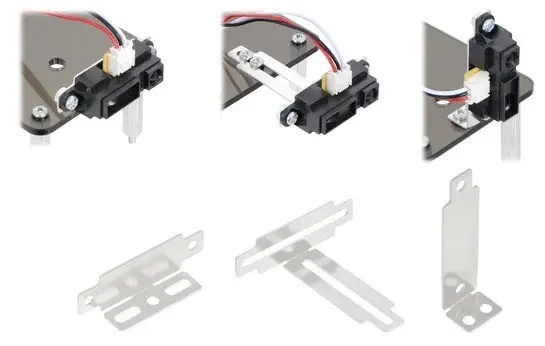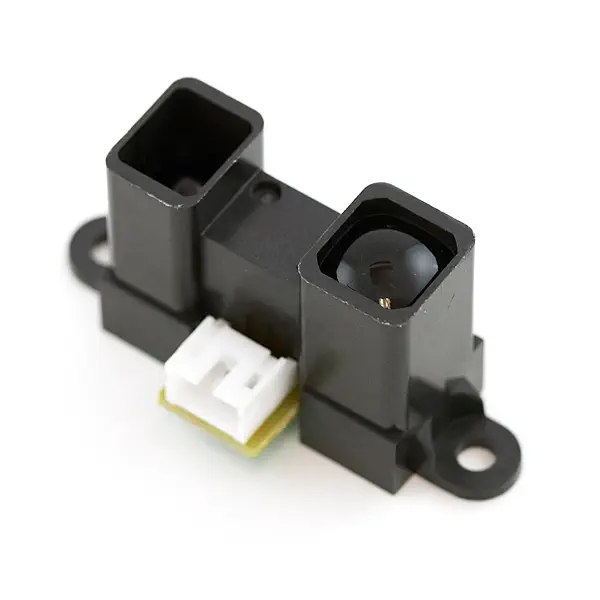I have used Sharp IR range finders all the way back to the 90's They have always been a great reliable sensor. They are often used in commercial and production level robots. You have to understand the nature of how it works, to understand its limitations. It is simply sending out an IR blast than looks for a return, of any level, to gather how far the object is based on the amount of returned light. So the surface, shape, and size, of the object can change the results you get from the sensor. So like with any object tracking of this nature it is best to take the average of multiple sensors, and or multiple samples of a single sensor to get a better overall average, and remove anomalies. NOTE: These sensors work great in groups and do not interfere with each-other. With that said, the consistency across the sensors I have ordered over the years has always been the same, the notes mentioned above, are known, and apply to all sensors equally, so knowing this, you can allow for it in your application. For known variability is much better than pure random. For the most recent install, I picked up 8 of these for a leg detection system, and at 4-7 Feet I found this sensor was able to get reliable data that was very usable. For people may not often think of these as good 'human' detectors, but they have a very fast response, limited beam width and fast 'resets' Unlike other sensors like PIR, and SONAR. One tip I will give is get the harness, you will thank me later, when you try to source the proper connector and wire combination. The one available here by the Robot shop, is a perfect mate. I would recommend this sensor to those who have it in mind. You can not beat the price, even for just a test prototype.



